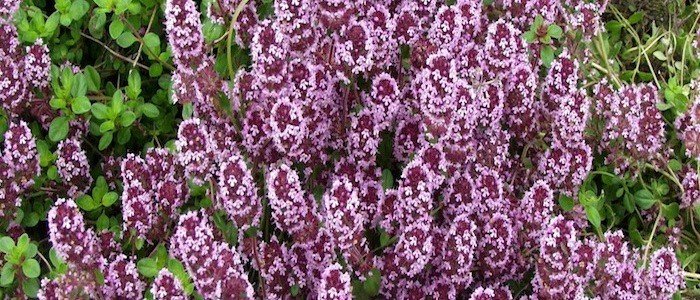
Numerous cultivars of this species have been described, featuring plants of varying sizes (creeping to upright), varying flower colors (white, pink, red or purple), and varying foliage colors (dark green to gold to variegated).
#Mother of thyme janet sha free#
Everyday low prices and free delivery on eligible orders. creeping thyme in English hillwort in English kangasajuruoho in Finnish kangasajuruoho in Swedish kleine tijm in Dutch lemon thyme in English mother of thyme in English mother-of-thyme in language. Specific epithet from Greek means creeping in reference to the trailing growth habit of this species. Buy Mothers of Thyme: Customs and Rituals of Infertility and Miscarriage by Sha, Janet L. Wild Thyme in English backtimjan in Swedish backtimjan in Swedish creeping thyme in English creeping thyme in language. Genus name comes from the Greek word thymos (name used in ancient Greece for a species of Thymus or Satureja). Dense inflorescences (primarily terminal but sometimes axillary) of tiny, tubular, bell-shaped, two-lipped, deep pink to purple flowers appear in summer (June-September) on erect flowering stems rising 2-4” tall. Although leaves are aromatic (fragrance of mint), strength of scent varies according to season and habitat, and leaves are usually not considered to be of culinary quality. Numerous, thin, somewhat woody, prostrate stems clad with tiny, opposite, oval-rounded, pubescent, almost sessile, glossy blue-green leaves (to 1/4” long) form a flat foliage mat to 2-3” tall which will spread over time by rooting stems to 12-18” wide. Wild thyme is native to Europe, western Asia and northern Africa.

It is rarely used in cooking ( Thymus vulgaris is the culinary thyme most commonly used in cooking). It is native to central, southern, and western Europe. Thymus serpyllum, commonly called wild thyme, creeping thyme or mother-of-thyme, is a hairy, prostrate, creeping, woody-based perennial which is primarily grown as an ornamental ground cover. A common name is mother of thyme, 2 but 'creeping thyme' and 'wild thyme' may be used where Thymus serpyllum, which also shares these names, is not found.


 0 kommentar(er)
0 kommentar(er)
